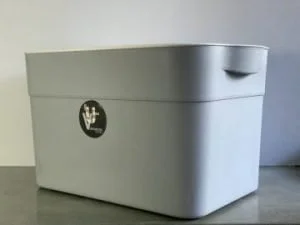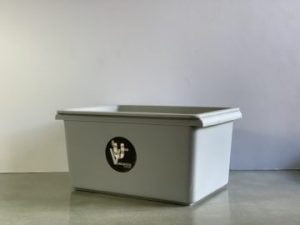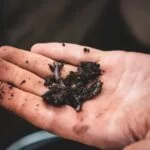5 Proven Ways to Fatten Up Composting Worms (2023)
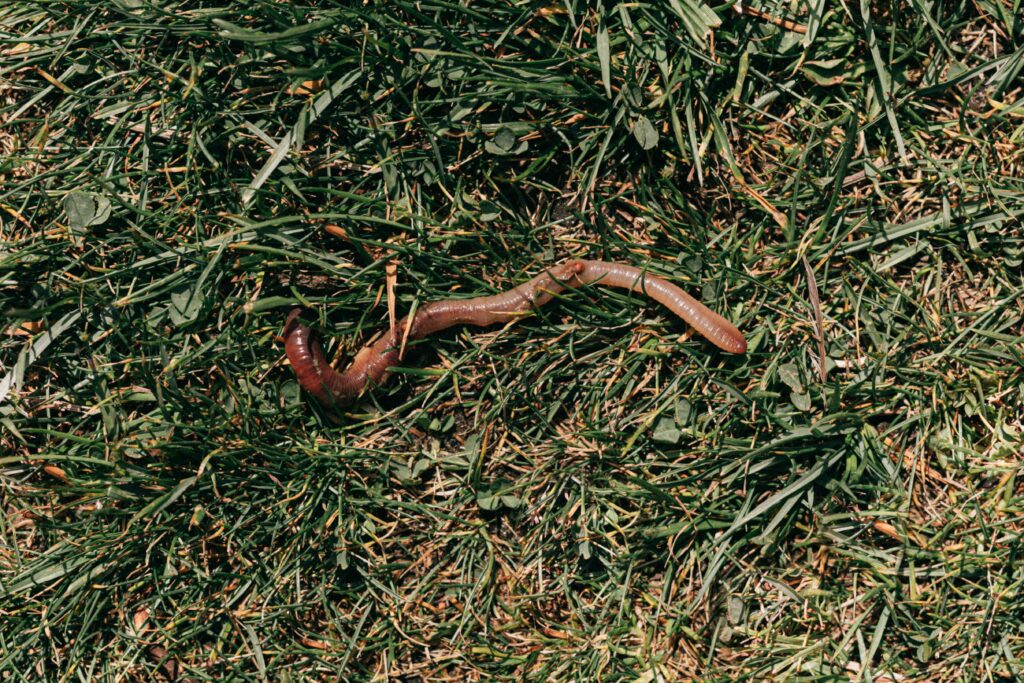
Introduction
Keeping worms alive is easy enough. But there’s a HUGE difference between a thriving and surviving worm bin. One of the clearest indicators of the health of your bin is the size of your composting worms. So whether you intend to breed—or even sell—your earthworms, this article will help you build the ideal conditions for your composting worms to thrive.
In fact, today, I’ll be sharing the exact methods we (and other worm farmers) have used for over 10 years to prepare worms for sale: including worm food recipes, bedding mixes, and much more. And at the end of the article, I’ll be sharing a secret mixture we use to increase the size of your worms. Here’s a preview:
- Choose the right bedding
- Maintain the Correct Moisture Levels
- Regulate Your Worm Bin Temperature
- Supplement With The Ultimate Worm Food Recipe
- Cultivate Healthy Microbes
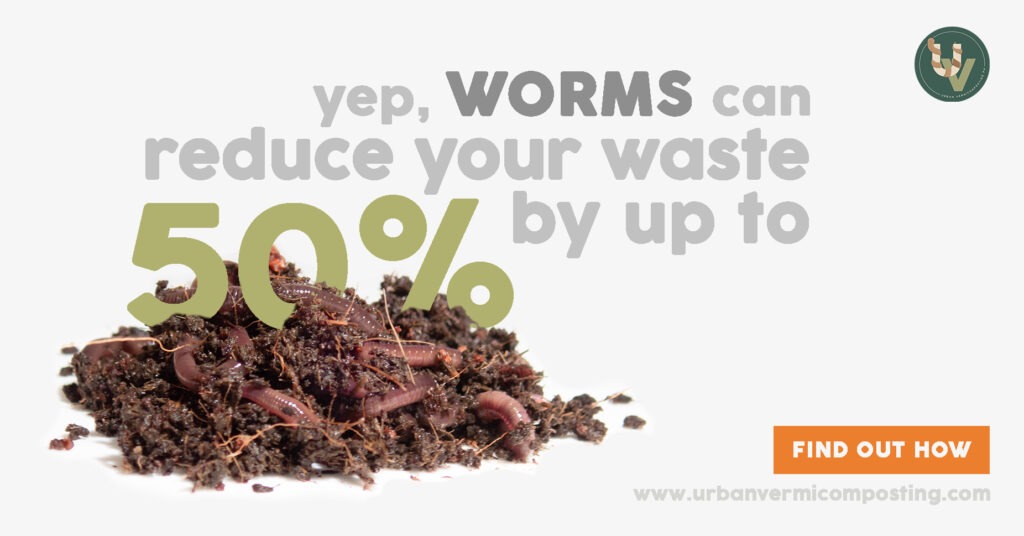
1. Choose the Right Bedding
Worms spend almost all their time in their bedding. Without the right bedding conditions, they will never reach their full size potential. There are a few guidelines to ensure your bedding is conducive to the growth of your worms.
- Do:
Choose light and absorbent bedding. Aged coco peat and peat moss are the favorites here. Light and absorbent bedding ensures that your worms have the oxygen, and moisture levels they need to survive.
- Don't:
Don’t use ‘clean’ or ‘sterile’ bedding. One of the biggest mistakes of new worm farmers is that they use materials such as office paper and fresh leaves without properly adding the bacteria needed to make the bedding habitable. To counteract this, you can either use pre-aged materials such as old and dry leaf mulch, or add a handful of vermicompost from your old bin. This is the same reason why we ship our worms with existing bedding. The good microorganism colonies have already taken hold—and you don’t have to worry about inoculating them with additional bacteria.
2. Maintain the Correct Moisture Levels
- Do:
With this, if you’re looking to increase the size of your worms, add more water (not straight from the tap—a little more on this later) to your worm bin. The ideal bedding moisture level for fattening up worms is on the higher end, at around 85%. This is because worms absorb much of their water from the bedding they live in. The bedding should feel clost to saturated. To check the moisture level, squeeze some bedding, and about 3 drops of water should come out
- Don't:
3. Regulate Your Worm Bin Temperature
Given that worms are cold-blooded creatures, their size can vary based on the temperature of their bedding. While low temperatures are an issue in cold countries, tropical countries face a different challenge: keeping it cool. Here are a few tips to keep your worm bin at the right temperature.
- Do:
- Don't:
No need to panic! Brief periods of heat won’t kill your worms. If you have the right bedding material, it will likely be much cooler than the surrounding air. If you’re not sure what kind of bedding to use, we also have the bedding we use to breed our worms for sale.
4. Supplement With The Ultimate Food Recipe
- Do:
- 2 Tbsp of Grains (Ground oatmeal, bread, rice, or even Purina chicken layer’s mash)
- 1 Sprinkle of Vermicast or Dried Manure
- 2 Cups of Fruit & Veggie Scraps
- 2 Tbsp of Agricultural Lime or Ground Eggshells
Mix in a sprinkle of vermicompost and grains (ground oatmeal, bread, or even Purina chicken feed) in your worm feed to add additional protein, and beneficial microbes. The additional good bacteria from the vermicompost helps worms break down the waste faster, and eat more quickly. On the other hand, the additional protein from the grains gives them the protein they need to grow quickly.
- Don't:
However, don’t overdo it! A small amount of grains goes a long way. To reduce the risk of acidity from the added protein, monitor the food levels carefully and only feed when there is no food left from the previous feeding.
*These ingredients are similar to the ones we use in our worm food, which we plan to sell later in the year.
5. Cultivating Healthy Microbes
Worms don’t eat the same way other animals do. Instead of just ‘taking a bite’ out of food scraps, they enlist the help of beneficial microbes to digest their food. With this, there is a simple way to boost the population of good bacteria in your worm bin. Here’s a bonus recipe you can use.
- Do:
To boost the microbial population of your worm bin, add half a teaspoon of molasses to a cup (250ml) of lukewarm aged tap water, or collected rainwater. Mix it well, then spray a small amount of the mixture to your worm bins. The sugar in the mixture feeds the good bacteria and the worms, helping improve the weight of your worms.
- Don't:
As alluded to above in #2, avoid using water fresh out of the tap. Fresh tap water has chlorine which can kill the good bacteria in your bin, slowing down the process of vermicomposting. Instead, leave tap water to sit in the sun for at least 24 hours before using it in your bin. Alternatively, you can use rainwater for your bins.
Conclusion
That’s about it for how to fatten up your worms and maintain a healthy composting worm bin. Much of this knowledge has been through years of experiments and failures—and I’m glad to share these tips with you.
Now, not everyone has the time to get a healthy bin up and running. If you want healthy and fat worms now, we sell them as part of our starter kits below, or in our store.
Which among these tips surprised you the most? Leave them in the comments below.
In addition, share this article by clicking the social buttons below if you think it might help worm farmers like yourself.

